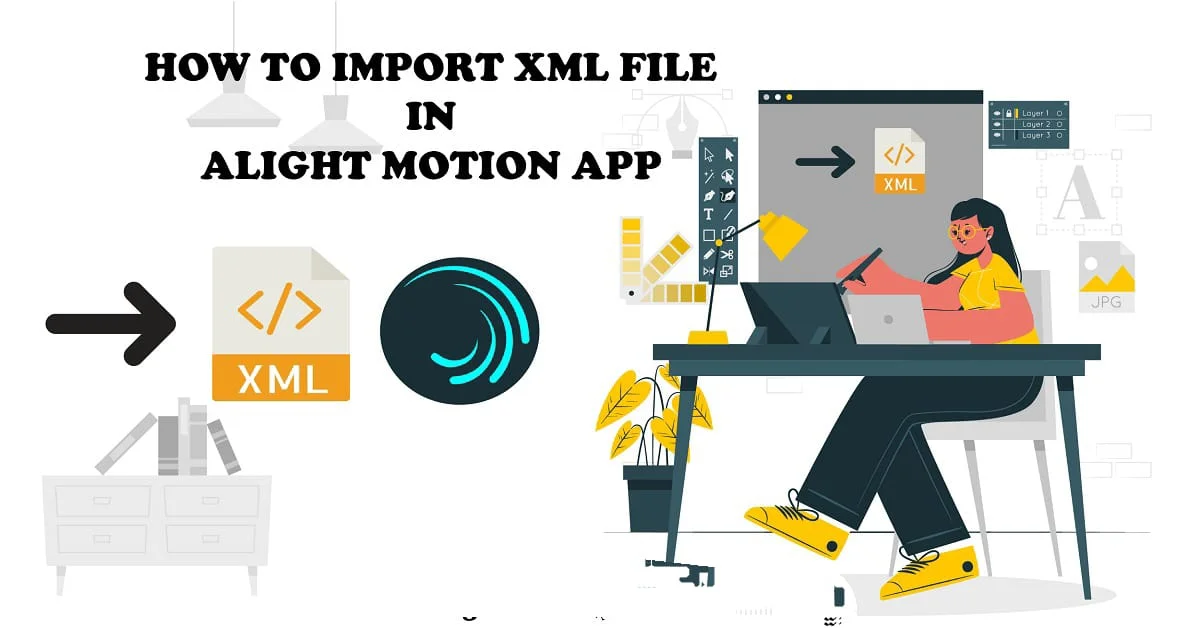Your cart is currently empty!

5G Security Risks and Solutions: Protecting Against Emerging Threats
The rollout of 5G brings transformative connectivity but also introduces critical security risks, including data interception, DDoS attacks, IoT vulnerabilities, and threats to critical infrastructure. This guide explores: With real-world examples and actionable solutions, we break down how businesses, governments, and users can secure 5G networks against evolving cyber threats. Stay ahead with cutting-edge defenses and proactive strategies. 🔐 Key Focus: Prevention, real-time monitoring,…
The rollout of 5G brings transformative connectivity but also introduces critical security risks, including data interception, DDoS attacks, IoT vulnerabilities, and threats to critical infrastructure. This guide explores:
- Privacy Risks: How 5G’s precise geolocation and weak encryption expose users to tracking and MITM attacks—and how encryption upgrades and regulatory controls can help.
- DDoS Threats: Why 5G’s speed enables larger, faster attacks—and how AI-driven detection and network slicing isolation mitigate them.
- IoT & Critical Infrastructure Dangers: Risks like smart city sabotage and autonomous vehicle hacking, countered by zero trust segmentation and quantum-safe encryption.
With real-world examples and actionable solutions, we break down how businesses, governments, and users can secure 5G networks against evolving cyber threats. Stay ahead with cutting-edge defenses and proactive strategies.
🔐 Key Focus: Prevention, real-time monitoring, and global security standards for a safer 5G future.
Location Tracking Abuse
Risk:
5G’s hyper-accurate geolocation (within 1-meter precision) enables:
- Stalking/harassment via real-time tracking
- Corporate espionage (monitoring employee movements)
- Government mass surveillance programs
Solutions:
✔ Network-Level Protections:
- Implement differential privacy techniques that add “noise” to location data
- Enforce strict data minimization policies in 5G core networks
✔ Device-Level Defenses:
- Randomized MAC addresses for all 5G-connected devices
- On-device AI that detects abnormal location query patterns
✔ Regulatory Measures:
- GDPR-style “right to be forgotten” mandates for location histories
- Legal limits on how long carriers can store positioning data
2. Man-in-the-Middle (MITM) Attacks
Risk:
Early 5G standalone (SA) deployments sometimes fall back to:
- Weak 4G LTE encryption during handovers
- Unencrypted control plane communications
- IMSI catcher exploits (“Stingray” attacks)
Solutions:
✔ Technical Countermeasures:
- Mandate 256-bit encryption for all 5G connections
- Deploy SUCI (Subscription Concealed Identifier) to prevent IMSI tracking
- Implement perfect forward secrecy for session keys
✔ Operational Practices:
- Continuous penetration testing of 5G RAN and core networks
- AI-based anomaly detection for unusual signaling patterns
✔ Industry Collaboration:
- GSMA’s 5G Security Assurance Program for Consistent Encryption Standards
- Shared threat intelligence through ISACs (Information Sharing and Analysis Centers)
B. Denial-of-Service (DoS) and DDoS Attacks
1. Amplified Attack Scale
Risk:
5G enables attacks with:
- 100x more traffic volume (multi-Tbps attacks possible)
- Microsecond-level precision in timing attacks
- Reflection attacks exploiting 5G network functions
Solutions:
✔ Network Architecture:
- Deploy scalable scrubbing centers at 5G edge nodes
- Implement network slicing isolation to contain attack spread
✔ Advanced Mitigation:
- Machine learning DDoS detection that analyzes traffic in under 10ms
- Blockchain-based reputation systems for IoT device trust scoring
✔ Carrier Best Practices:
- BGP Flowspec for real-time attack route modification
- 5G-specific rate limiting per device/slice/service
2. IoT Botnet Recruitment
Risk:
A single compromised smart camera can:
- Infect 50,000 devices in <5 minutes via 5G speeds
- Launch multi-vector attacks (DNS, TCP, HTTP/3 floods simultaneously)
Solutions:
✔ Device Security:
- Hardware-based secure boot for all 5G IoT devices
- Automated firmware signing via PKI infrastructure
✔ Network Controls:
- Behavioral fingerprinting to detect botnet recruitment patterns
- Zero Trust segmentation for IoT device communication
✔ Regulatory Action:
- FCC Cyber Trust Mark for compliant IoT devices
- EU Cyber Resilience Act mandatory security requirements
C. IoT and Critical Infrastructure Threats
1. Smart City Vulnerabilities
Risk:
Compromised 5G-connected infrastructure could:
- Manipulate traffic light timing to cause accidents
- Fake water quality sensor data in municipal systems
- Disrupt emergency responder communications
Solutions:
✔ System Design:
- Air-gapped backup control channels for critical functions
- Quantum key distribution (QKD) for SCADA systems
✔ Operational Security:
- Digital twin simulations for attack scenario testing
- 3-person rule for critical command authorization
✔ Policy Frameworks:
- NIST IR 8406 for 5G critical infrastructure protection
- CISA’s “Secure by Design” mandates for municipal tech
2. Autonomous Vehicle Compromise
Risk:
A 5G-connected vehicle attack could:
- Spoof V2X (vehicle-to-everything) signals to create fake obstacles
- Override OTA (over-the-air) updates to install malware
- Execute platoon attacks on connected truck convoys
Solutions:
✔ Vehicle Security:
- Hardware security modules (HSMs) for all ECUs
- Behavioral attestation for unexpected control commands
✔ Network Protections:
- 5G slicing with automotive-specific security policies
- Multi-factor authentication for diagnostic access
✔ Industry Standards:
- ISO/SAE 21434 cybersecurity engineering standard
- UN R155 regulations for vehicle cyber resilience
Emerging Defense Technologies
| Threat Category | Next-Gen Solutions | Deployment Timeline |
|---|---|---|
| Location Tracking | Homomorphic encryption for positioning data | 2024-2026 |
| DDoS Attacks | Neuromorphic computing chips for real-time mitigation | 2025+ |
| Vehicle Hacking | Quantum-secure V2X communication | 2026-2028 |
| IoT Botnets | Self-destructing device firmware | 2024-2025 |
Key Takeaway: While 5G introduces unprecedented risks, the security ecosystem is responding with equally advanced protections. Success requires three pillars:
- Technical innovation (AI, quantum, blockchain)
- Operational rigor (continuous monitoring, testing)
- Policy alignment (global standards, regulations)
Organizations should conduct 5G red team exercises now to identify vulnerabilities before attackers do. The future of 5G security depends on proactive rather than reactive measures.
Conclusion: Building a Secure 5G Future
As 5G reshapes connectivity across industries, its security risks demand urgent attention—but they are not insurmountable. By understanding threats like data interception, IoT-based attacks, and critical infrastructure vulnerabilities, organizations can deploy targeted defenses such as:
✔ AI-driven threat detection for real-time attack prevention
✔ Zero Trust architectures to limit breach impacts
✔ Quantum-resistant encryption for future-proof data protection
✔ Global security standards to ensure consistent safeguards
The path to secure 5G requires collaboration between governments, enterprises, and cybersecurity experts. Proactive investment in next-gen defenses today will determine whether 5G becomes an engine of innovation—or a vector for large-scale cyber disasters.
The choice is clear: With the right strategies, we can harness 5G’s potential while keeping networks, data, and users safe in this new era of hyper-connectivity. The time to act is now.**
Stay vigilant, stay secure. 🔒


